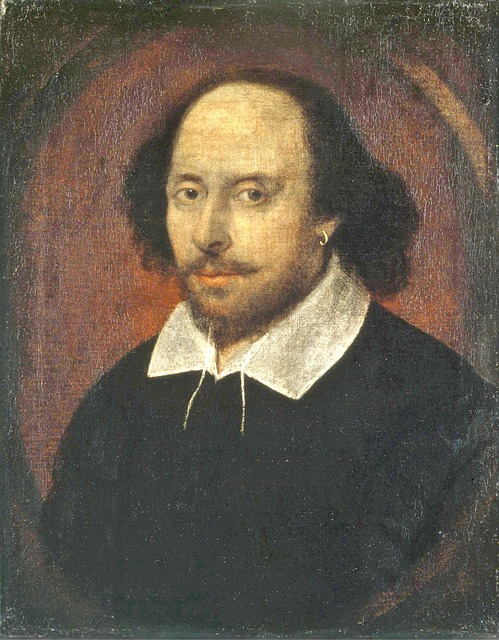Royal Opera House
From Londonhua WIKI
Royal Opera House
 Representative Article Image | |
| The Chandos Portrait of William Shakespeare | |
|---|---|
| Artist | Attributed to John Taylor |
| Year | c. 1600s |
| Dimensions | 55.2 cm × 43.8 cm ( 21 3⁄4 in × 17 1⁄4 in) |
| Location | National Portrait Gallery, London |
Use this page as a template when creating new articles by clicking Actions>View Source and create a new page with the name of the article you're creating. In the newly copied page, upload your own image, then replace the "Articlepicture.jpg" above with the new image name. Replace "Representative Image" in both the image line and the top-level heading above with your first and last name. Delete this whole paragraph beneath the Representative Image title but not including the Table of Contents tag __TOC__.
Overview
After the British Civil War, only two theaters were instated for 28 years. Those theaters were the Drury Theater and the Royal Opera House. The Opera House burned down twice before the current building was built. Two years ago the Royal Opera House doubled its size and renovated the existing parts of the building. The total cost was over £200 million. The Royal Opera House now has two proscenium theaters and eight dance studios. There are also two sister dance schools that are considered amongst the most prestigious in the world next to France and Moscow.
Contents
Theater Space
Main Stage
The original auditorium is used as the main theater. It has over 2,500 seats. The main stage is proscenium style with no apron. The stage is 15 meters square. The orchestra pit can fit 90-109 musicians. The floor of the pit is hydraulic and has three heights. The top level is used for concerts. The second level is used for smaller orchestra shows. The third and lowest level of the pit is used for large orchestra shows. This enables more musicians to fit in the pit and for dampening of the sound so the performers can be better heard. While it was recently redone, the auditorium retains its original renaissance style. It even still has a box for the royal family that was first created for Queen Elizabeth I. There is also an adjoining room for the royal family to eat and wait in before the show.
Linbury Studio
The Linbury Studio is the secondary theater used for smaller and experimental shows. It seats 400 guests. This stage is also in the proscenium style.
Scenic
Props
Lighting & Projections
Sound
When the theater was rebuilt two years ago, the sound designers decided to remove the carpeting from the stair and along the theater seat floor. This was to give the theater better acoustics because the singers or instrumentalists do not use microphones. There is no much in the way of sound as far as sound goes for the operas and ballets.
Costumes
References
If appropriate, add a references section
External Links
If appropriate, add an external links section